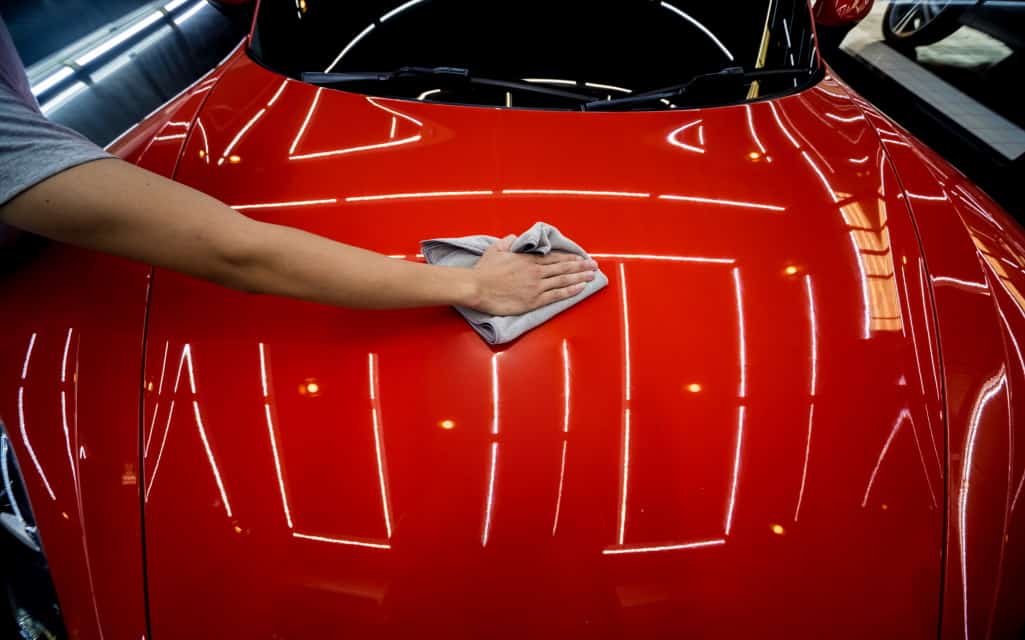
Keep Your Car Shining
1. Introduction
A car’s shine is more than aesthetic—it's a statement. It reflects discipline, care, and a silent reverence for craftsmanship. Keeping your car gleaming isn’t merely about vanity; it’s a ritual of respect for the machine you drive.
2. The Psychological Power of a Shiny Car
A meticulously polished car turns heads. It evokes admiration, commands attention, and often elevates the owner’s self-perception. A clean, radiant vehicle communicates order, success, and attention to detail without saying a word.
3. Understanding What Dulls Your Car’s Shine
Environmental fallout—dust, acid rain, UV rays, bird droppings, tree sap—relentlessly attacks your paint. Microscopic scratches, embedded contaminants, and oxidation gradually strip away that lustrous finish. Awareness is the first defense.
4. The Importance of Regular Washing
Consistency is crucial. Dirt left unchecked becomes abrasive, grinding into the clear coat over time.
a. Frequency Based on Environment
Urban drivers may need weekly washes, while rural vehicles may last a bit longer. Coastal environments demand more frequent attention due to salt in the air.
b. Proper Rinse Technique
Always rinse before washing. This lifts loose debris that could otherwise create micro-scratches during scrubbing.
5. Choosing the Right Car Shampoo
Not all soaps are created equal. Use pH-balanced car shampoo designed for automotive paint. Dish detergent, while effective on grease, strips wax and protective coatings.
6. Two-Bucket Wash Method Explained
One bucket holds soapy water, the other clean water for rinsing your wash mitt. This simple practice prevents reapplying dirt to your paint and reduces swirls dramatically.
7. Microfiber vs. Sponge: The Great Debate
Microfiber mitts trap dirt within their fibers, minimizing abrasion. Sponges, in contrast, can drag debris across the surface. The verdict? Microfiber reigns supreme.
8. The Role of Clay Bar Treatment
Even after washing, your paint holds onto contaminants. A clay bar glides across the surface, pulling out embedded particles, leaving your paint glass-smooth and ready for polish or wax.
9. Polishing: Restoring the Paint’s Clarity
Polish isn’t wax. It’s designed to remove oxidation, fine scratches, and haze.
a. Manual vs. Machine Polishing
Hand polishing is safer but labor-intensive. Dual-action polishers deliver superior results quickly and with minimal risk.
b. Choosing the Right Polish
Use fine-cut polishes for light defects. For deeper blemishes, a compound may be necessary before finishing polish.
10. The Art of Waxing
Wax protects and enhances gloss. It provides a sacrificial barrier between your paint and the elements.
a. Carnauba vs. Synthetic Wax
Carnauba offers a warm, deep shine but shorter protection. Synthetic waxes last longer and often provide more reflective finishes.
b. Application and Removal Tips
Apply in thin, even layers with a foam applicator. Buff off with a clean microfiber towel before it hazes too much.
11. Ceramic Coating: Long-Term Shine Protection
Ceramic coatings create a semi-permanent bond with your paint. They repel water, resist minor scratches, and maintain gloss for years, not weeks. Application is meticulous but worthwhile.
12. Paint Sealants: The Middle Ground Between Wax and Ceramic
Sealants last longer than wax (up to 6 months) and are easier to apply than ceramic coatings. They offer a synthetic barrier that enhances reflectivity and durability.
13. Detailing the Details: Don’t Forget the Trim
Faded plastic trim and rubber seals detract from a car's appearance. Use trim restorers and UV protectants to maintain color depth and prevent cracking.
14. Keeping Your Wheels Gleaming
Brake dust corrodes quickly. Use a pH-neutral wheel cleaner and a dedicated wheel brush to keep rims shining. A coat of wheel sealant repels dust and grime.
15. Cleaning Glass for Maximum Clarity
Streak-free windows amplify a vehicle's visual impact. Use an ammonia-free glass cleaner and a waffle-weave microfiber towel to avoid smearing and lint.
16. Interior Detailing and Its Role in Overall Shine
A dazzling exterior paired with a neglected interior is a paradox. Vacuuming, dashboard conditioning, and fabric care complete the look and feel of total cleanliness.
17. Engine Bay Cleaning: The Hidden Polish
A clean engine bay isn’t just for show. It prevents corrosion, helps with diagnostics, and impresses during resale. Cover electricals, degrease, rinse gently, and dress plastics afterward.
18. Avoiding Common Mistakes That Dull Your Finish
a. Washing in Direct Sunlight
This causes water spots and streaks as soap dries too quickly. Work in shade or during cooler parts of the day.
b. Using Dish Soap
It may degrease effectively but also strips protective coatings and dries out rubber seals.
c. Ignoring Bird Droppings and Tree Sap
These are acidic and can etch the clear coat. Remove immediately with a dedicated remover or waterless wash spray.
19. Seasonal Maintenance Tips
a. Summer Shine Strategies
Use UV protectants and consider waxing more frequently due to intense sun exposure.
b. Winter Salt Removal
Salt accelerates corrosion. Frequent rinsing and undercarriage cleaning are vital during cold months.
20. Maintaining Shine Between Washes
a. Quick Detailer Sprays
Ideal for removing light dust and fingerprints, they boost gloss and maintain protection between full washes.
b. Waterless Wash Techniques
Great for lightly soiled cars, waterless solutions clean and lubricate the surface to prevent scratches.
21. Final Thoughts: Shine as a Reflection of Pride
A car's shine speaks volumes. It’s not merely about vanity—it’s stewardship. With discipline, knowledge, and the right products, maintaining a showroom finish becomes second nature. A gleaming vehicle isn't just clean—it's captivating.
